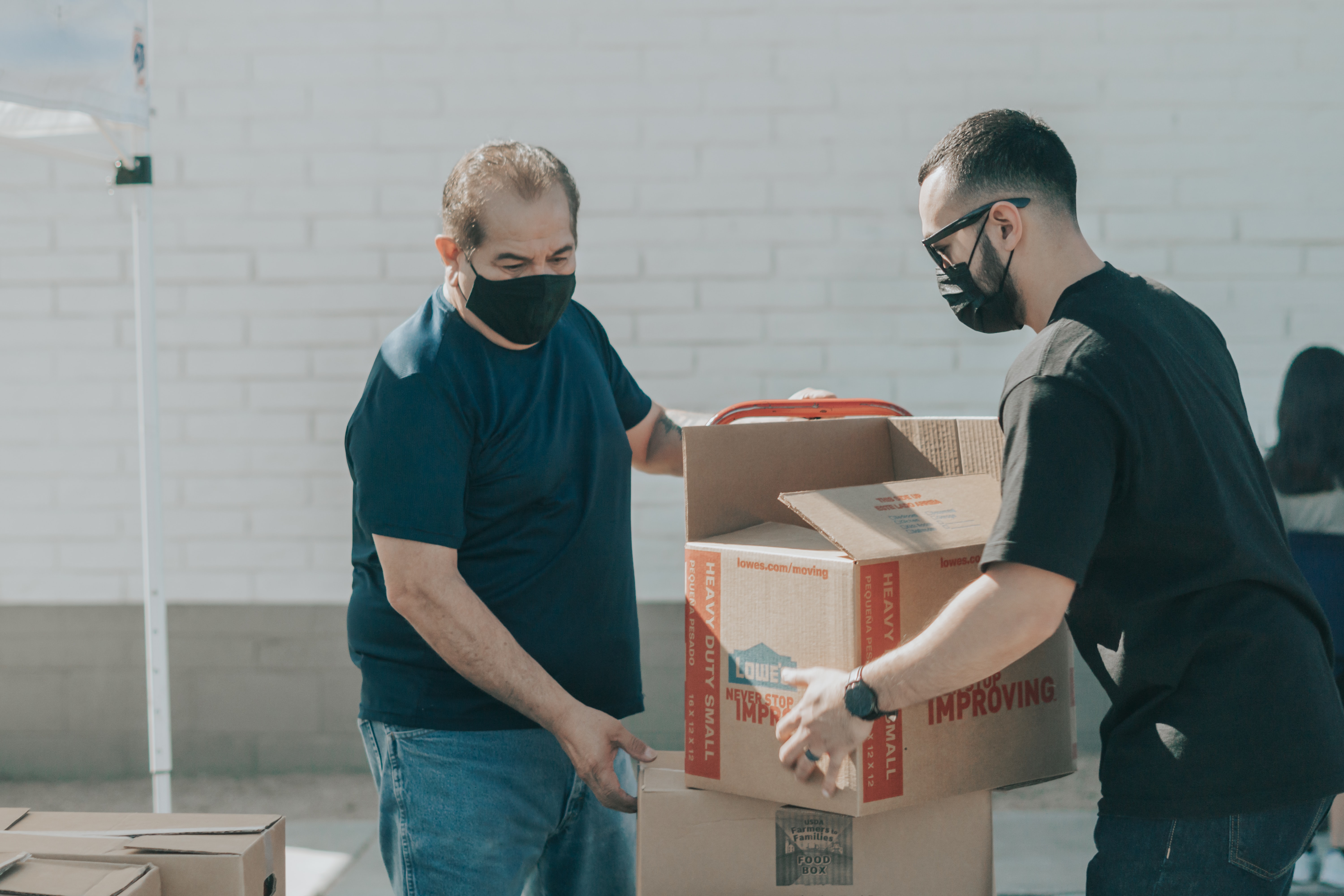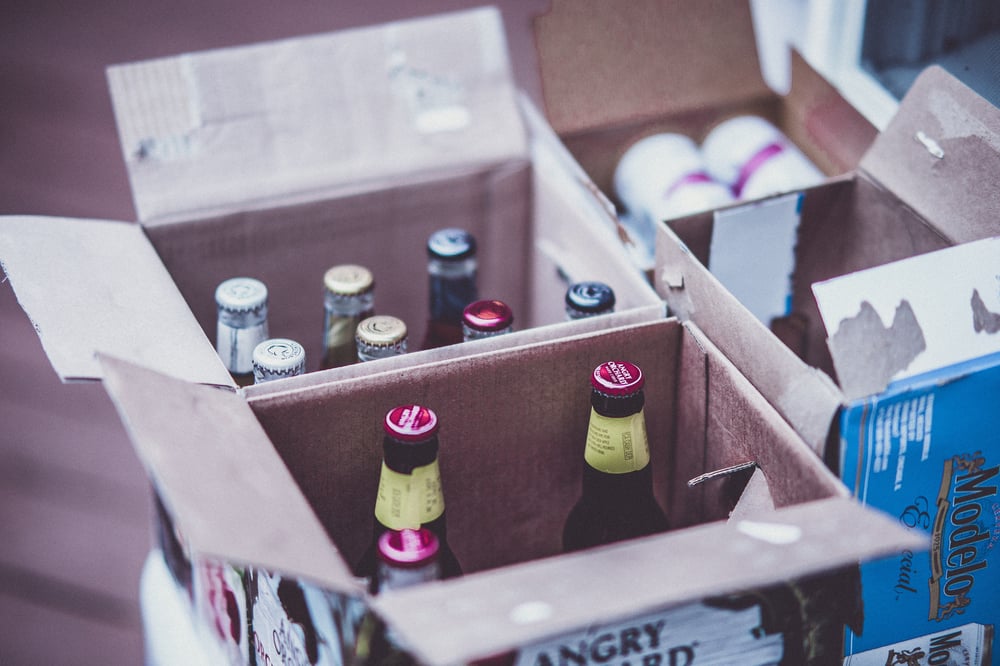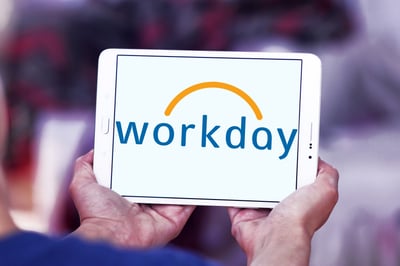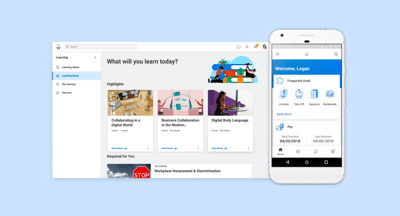If you want to start stocking or warehousing alcohol products from third party retailers - or even retail your own - the thought of dealing with compliance laws and regulations may seem daunting. However, many companies have seen value in diversifying their revenue streams and making the effort to introduce alcohol into their service offering. With the right tools - and the proper research - compliance training doesn’t have to be complicated.
Here’s what you need to know about compliance for alcohol deliveries, and how to get started with creating a comprehensive training program for your drivers.
Why start making alcohol deliveries?
Alcohol is a major driver of online grocery sales, increasing the frequency of shopping trips, basket size and customer retention. Consumers of grocery and food delivery apps are demanding more alcohol - grocery stores saw online alcohol sales more than quadruple from $441 million in 2019 to more than $1.6 billion in 2021, and these figures are expected to grow to roughly $1.87 billion by the end of 2022.
And it’s not just consumer behavior that’s adjusted to the new normal. Ten states in the US have passed laws making it easier for retailers to sell alcohol online, representing 12% of the population.
Avalara reports that by adding alcohol to their listings, restaurants and grocers could increase their average online order value by 30%, while the National Restaurant Association found that 56% of consumers would likely add alcoholic beverages to their delivery order.
Big players in the online marketplace and delivery sector have already begun expanding their offering to include alcoholic beverages, looking to widen both their profit margins and their market share. Gopuff recently acquired Liquor Barn and BevMo in a quick bid to gain liquor licenses, becoming the third-largest outlet for online beer sales in the US. Meanwhile, DoorDash now delivers beer, wine and spirits in 20 states and Washington D.C., as well as in Canada and Australia.
Why is compliance training needed?
The legal requirements for alcohol sales and deliveries vary significantly across states and regions, so it’s crucial that businesses ensure that they are in compliance with the law.
Alcohol is a particularly regulated product which is usually controlled under a three-tier system:
-
Tier 1: Licensed manufacturers and importers sell beverage alcohol products to licensed wholesalers
-
Tier 2: Licensed wholesalers sell beverage alcohol products to licensed retailers (on-premise and off-premise)
-
Tier 3: Licensed retailers sell beverage alcohol products to of-age consumers
With the arrival of Covid-19, and the resulting surge in demand for on-demand alcohol deliveries, governments have loosened regulations to allow for a fourth tier in the alcohol regulation system:
-
Tier 4: Unlicensed third party providers (TPPs) solicit sales and/or deliver alcoholic beverages to consumers
This fourth tier has allowed online delivery apps to waive certain liabilities, but they must still work with licensees to ensure alcohol regulations are met. For example, they are responsible for making sure that the products they deliver don’t fall into the hands of minors.
Experts say it’s likely that regulators will tighten these rules, however. Jeff Carroll, general manager of Avalara for Beverage Alcohol, says:
“Additional regulation of TPPs will become increasingly likely as household names like DoorDash appear as new options for consumers. The question will be whether states employ a lighter touch and focus on areas like preventing sales to minors and ensuring proper reporting, or attempt to license and control third-party providers more fully.”
With so many regulations and requirements to comply with, delivery companies must provide comprehensive training for their workers who complete alcohol deliveries if they want to avoid legal trouble and reap the rewards of this emerging category.

What to include in your alcohol compliance training
Finding a balance between providing the right information and making it engaging is always tricky, but perhaps even more so when it comes to compliance. This is perhaps why so many companies get it wrong: research shows that 70% of compliance training is more than 30 minutes long, and the most common word used to describe it is “boring”.
It doesn’t have to be, though. By incorporating these elements into your training program, you can ensure that your end users are engaged and receptive to the knowledge that you need them to take in.
1. Make it bite-sized
Training content that uses microlearning techniques not only improves focus, but supports long term retention by up to 80%. This is especially important when it comes to topics such as compliance; you need your workers to understand and implement what they’ve learned.
So, we recommend condensing your training down to 2-3 minute bursts of information. Figure out exactly what your delivery drivers need to know to comply with regulations and do their job properly, and cut out the noise.
2. Make it mobile-friendly
Much like microlearning, mobile learning is crucial when it comes to learner engagement and knowledge retention. Smartphone learners complete course material 45% faster than those using desktop, and they retain more information when learning via their mobile devices.
Swapping lengthy, in-person sessions for mobile-friendly courses not only saves money, it also allows for learning to be completed in users’ own time and at their own pace, making them far more likely to actually take in the information they need.
3. Make it relevant
It’s not enough just to make alcohol compliance training available 24/7, you need to surface the training at the moment users need it the most. By utilizing in-app, triggered notifications, you can ensure that your workers have immediate access to the information they need.
As an example, if one of your couriers accepts a delivery containing alcohol, they can automatically be served a notification offering them a 2 minute refresher course on alcohol compliance. They can easily complete the course while waiting for the delivery to be ready, and they have that crucial information right at the front of their minds as they complete the trip.
4. Make it a video
Compliance training doesn’t have to be endless lines of text and legislation quotes. In fact, we’re 95% more likely to retain information presented to us in video format.
Some of the most effective training we’ve seen from our clients has demonstrated what workers need to do in a day-in-the-life style video, taking them through each step of the process and highlighting key areas of compliance by showing, rather than telling.
5. Make it reactive
Alcohol compliance regulations are constantly evolving. Save yourself the trouble later by opting for a solution that allows for easy editing so that you can keep your workers updated on the latest changes.
How do I create an alcohol compliance program?
If you haven’t already got the expertise and resources required to create a comprehensive compliance program in-house, we recommend turning to outside experts. It’s imperative that employers provide robust and engaging training if they want to start delivering alcohol to consumers, and opting for a specialized training solution will ensure that it’s done correctly.
Here at EduMe, we help companies to roll out tailored safety and compliance training to end users seamlessly and effectively. We help you enforce a clear implementation plan and boost engagement to ensure that compliance procedures are done right, as well as providing regular refreshers to keep up with changing regulations and circumstances.
Get in touch now to see how we can help 👇






